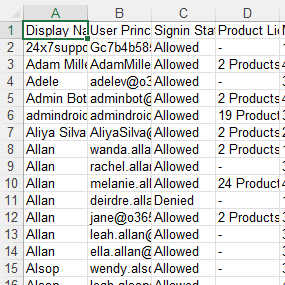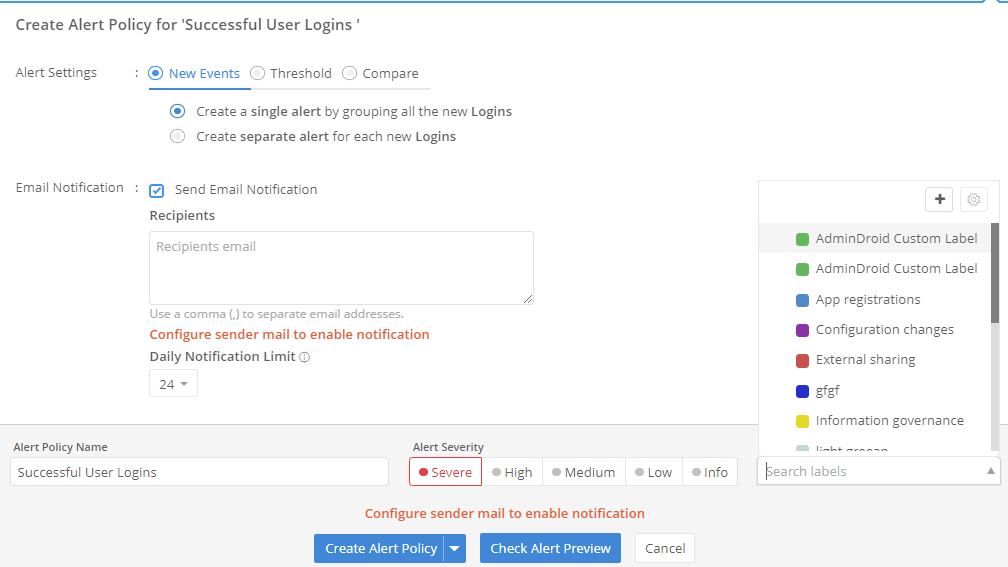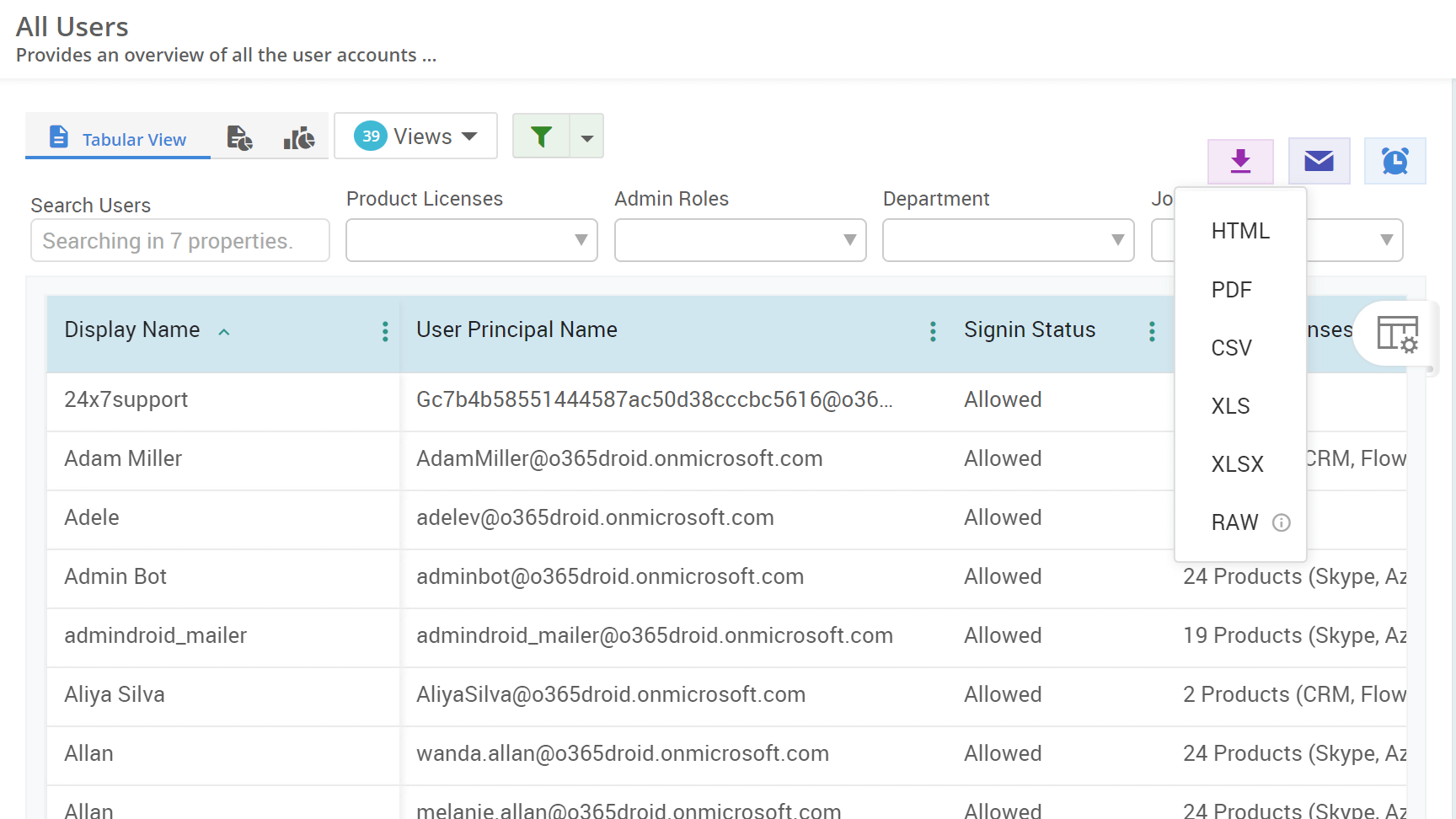How to create an external contact in Microsoft 365?
Microsoft 365 contacts refer to individuals both within and outside your organization, including external colleagues, clients, and partners. They are added as contacts within your organization to communicate efficiently for your business needs.
Follow the steps below to create a new contact in Microsoft 365.
Using Microsoft 365 Admin Center
- Login to the Microsoft 365 admin center. Navigate to .
- Select the "Add a contact" option. Enter the required information for a contact and click on Add.
- You can use the MailTip section to include a notification that alerts users before they send a message to this contact. It is displayed when this contact is added to the To, Cc, or Bcc fields of a new email.
Using Exchange Online Admin Center
- Login to the Exchange Online admin center. Navigate to .
- Select the "Add a mail contact" option. Enter the basic and contact information and click on Add.
After a contact has been created, it will be automatically added to your organization’s default global address list.




















